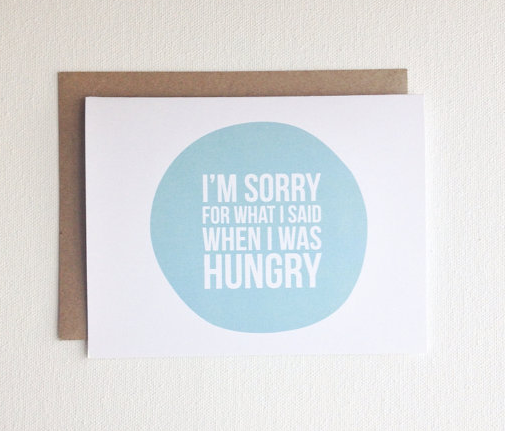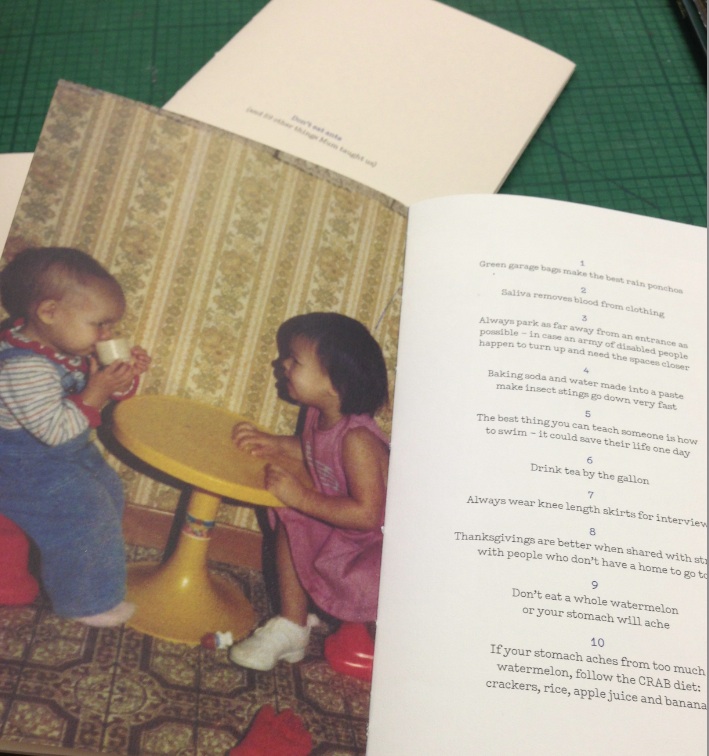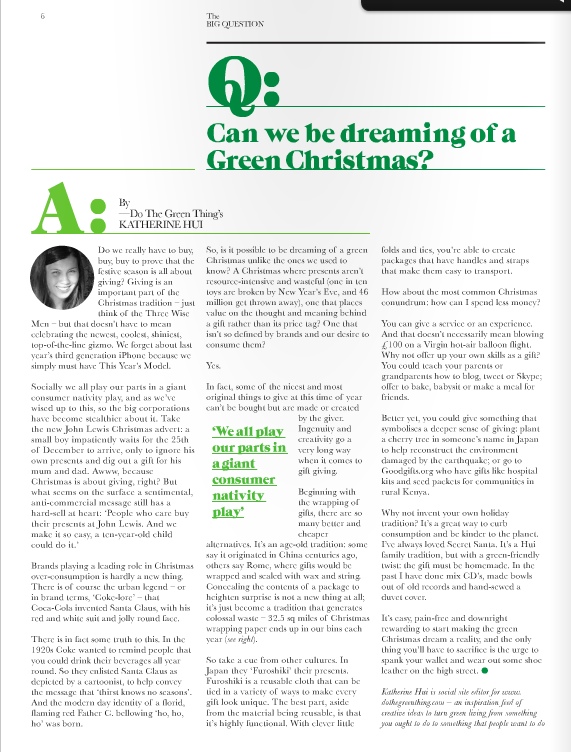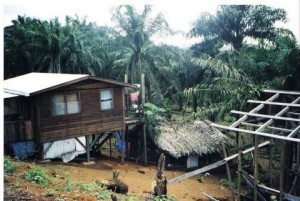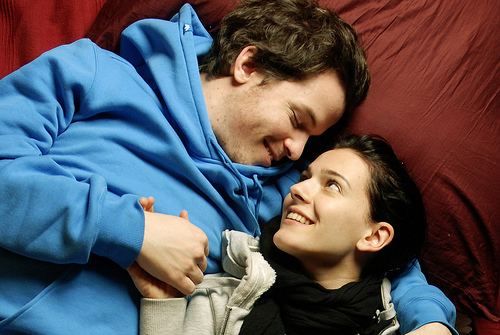
Spooning. The art of a horizontal cuddle.
Spooning is not limited to two people. Spoon trains are common whereby a group of people cuddle each other in a line. Spooning also is not limited by gender, size, shape or age. Parents can spoon children, friends can spoon friends, children can spoon their grandparents and so forth.
It is an important act of intimacy and it has even been known to save lives. Case in point: it’s a cure for hypothermia. One person whose body temperature is stable can heal someone whose body temperature is critically low with human heat.
There are three rather important considerations when spooning. If any of these three aren’t considered, it’s not spooning that you’re doing.
1. Spooning is not a means to an end.
Spooning with an agenda often results in disappointment. You don’t spoon in hope of a bit of funny business or with the expectation of a relationship. Having said this spooning does occur in exclusive and intimate relationships and is quite lovely, but this happens once boundaries between friends and lovers has been established.
2. There always has to be a big spoon.
This doesn’t refer to the size of the person but rather their position. The big spoon holds the back of the person they’re cuddling.
3. Mind the arms.
Arms need to be taken into serious consideration to ensure proper spooning form. Common places for the arm that you’re lying on include under the spoonees neck, or tucked under your own head with your other arm holding the person next to you. If you fail to find something to do with the arm under your body, it’s highly likely your spooning experience will be sub par as your focus will be on your arm getting pins and needles or cramps. Think strategically and about comfort. If your arms aren’t when they should be then you’re not spooning and likely not enjoying yourself.
There you have it – the ins and out of one of the loveliest kinds of cuddle.
[This article was originally written for Useful Magazine]


